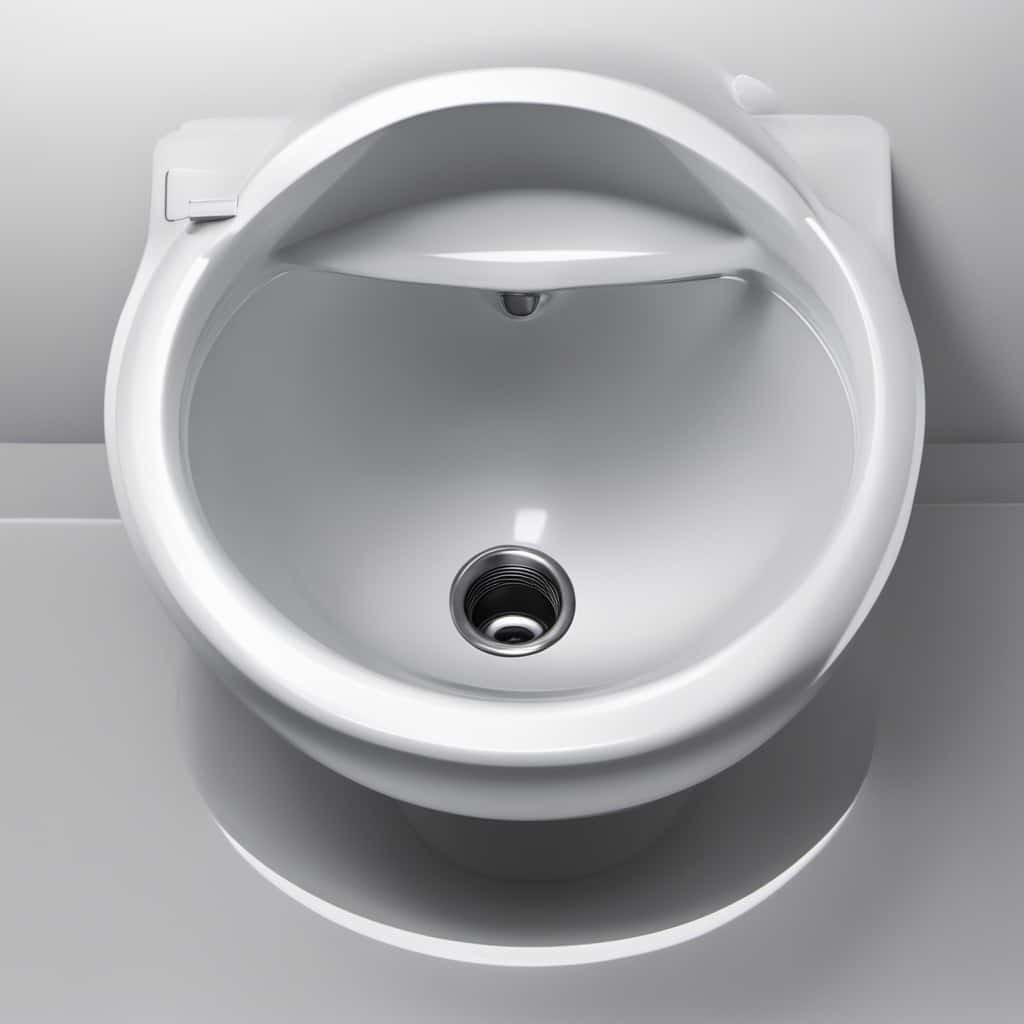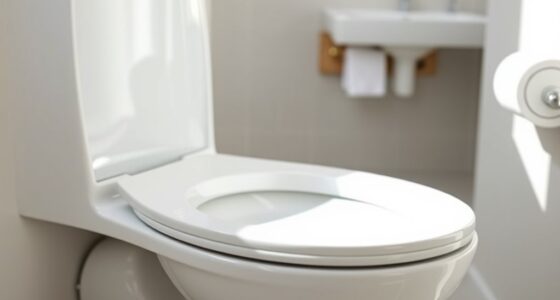Welcome to our informative and eye-opening article on the consequences of flushing sanitary pads.
Have you ever wondered what happens when we dispose of these items down the toilet? Well, prepare to be astounded as we delve into the potential damage to our plumbing system, the impact on wastewater treatment plants, and the environmental consequences of this seemingly innocent act.
Join us as we explore the risks of clogged pipes and backups, and discover safer and eco-friendly disposal alternatives.
Get ready to master the art of proper pad disposal!
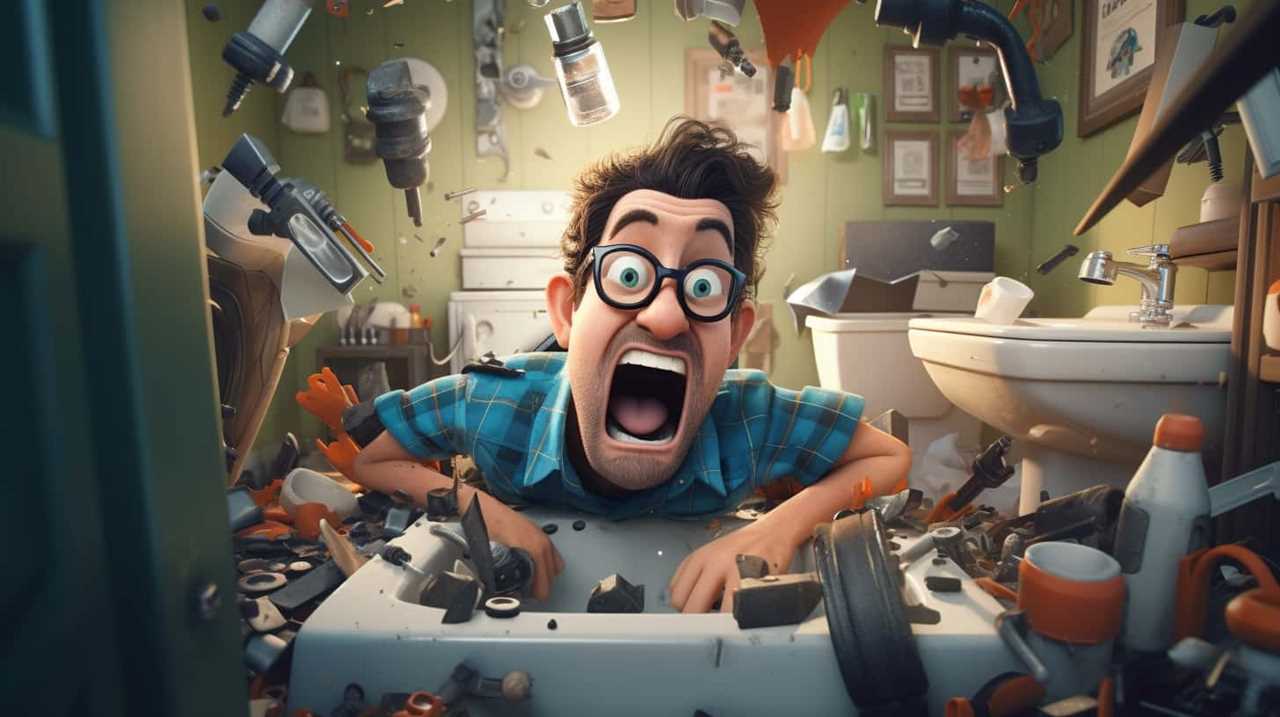
Key Takeaways
- Flushing sanitary pads can clog pipes and strain the sewage system, leading to potential damage to plumbing systems and wastewater treatment plants.
- The environmental consequences of flushing pads include marine pollution, microplastic contamination, and harm to marine life.
- Risks of flushing pads include clogged pipes, backups, and the potential for sewage overflow.
- Safer and eco-friendly disposal alternatives, such as using biodegradable pads or considering reusable options like menstrual cups or cloth pads, can help mitigate these issues.
Potential Damage to Plumbing System
Flushing a sanitary pad can potentially cause significant damage to our plumbing system. When a sanitary pad is flushed down the toilet, it can clog the pipes and lead to blockages. These blockages can result in backups and overflows, causing inconvenience and costly repairs.
Moreover, the materials in sanitary pads, such as plastic and absorbent fibers, aren’t designed to break down easily in water. This can further contribute to potential plumbing damage by accumulating in the pipes and obstructing the flow of wastewater.
Additionally, the effects on sewage infrastructure can be far-reaching. The accumulation of flushed sanitary pads can strain the sewage system, leading to increased maintenance and operational costs.
Impact on Wastewater Treatment Plants
The improper disposal of sanitary pads can have a significant impact on the operations and efficiency of wastewater treatment plants. Here are three reasons why it’s important to properly dispose of sanitary pads to avoid resource depletion and public health risks:

- Clogging of pipes: Sanitary pads aren’t designed to break down easily in water, and when flushed, they can clog the pipes in wastewater treatment plants. This can lead to backups and overflows, causing damage to the infrastructure and increasing maintenance costs.
- Increased energy consumption: When sanitary pads enter the wastewater treatment process, they can get stuck in pumps and other equipment, leading to reduced efficiency and increased energy consumption. This not only puts a strain on the treatment plant but also contributes to higher energy costs and environmental impact.
- Contamination of treated water: Sanitary pads may contain harmful chemicals and bacteria that can contaminate treated water. This poses a risk to public health as the water is ultimately discharged into rivers, lakes, or oceans. Proper disposal of sanitary pads helps protect water sources and ensures the safety of our environment and communities.
Environmental Consequences of Flushing Pads
As we continue discussing the impact of flushing sanitary pads on wastewater treatment plants, it’s important to address the environmental consequences that arise from this improper disposal method.
When sanitary pads are flushed down the toilet, they can end up in our oceans, leading to marine pollution. The plastic materials used in these pads can take hundreds of years to decompose, causing long-term harm to marine life.
Additionally, the flushing of pads contributes to microplastic contamination, as the pads break down into tiny particles that can be ingested by marine organisms. These microplastics can then enter the food chain, posing a threat to both marine animals and humans who consume seafood.
It’s crucial that we find sustainable alternatives to the improper disposal of sanitary pads to protect our oceans and mitigate the environmental damage caused by this practice.
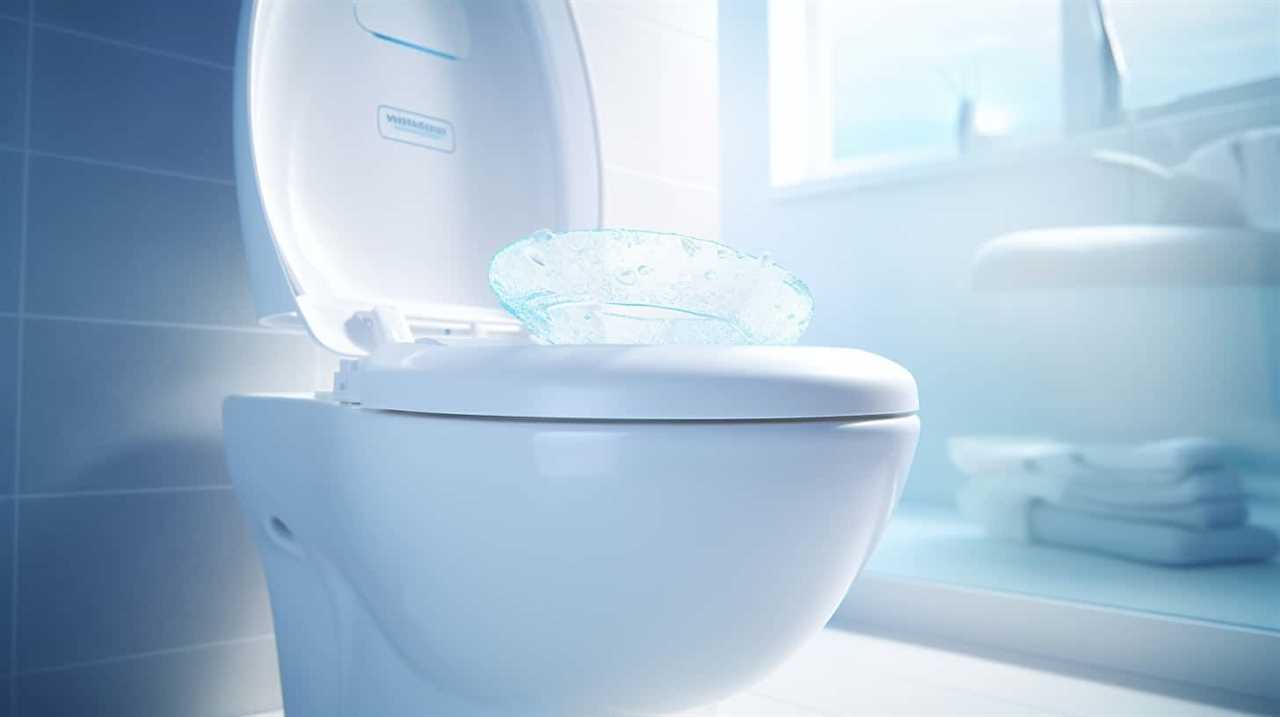
Risks of Clogged Pipes and Backups
When we flush a sanitary pad, it can pose the risk of clogging pipes and causing backups in the plumbing system. Here are three reasons why this can be a problem:
- Risks of septic tank overflow: Flushing sanitary pads can lead to blockages in the pipes, which can cause the septic tank to overflow. This can result in sewage backing up into your home or yard, leading to costly and unpleasant cleanup.
- Financial costs of plumbing repairs: Clogged pipes and backups due to flushing sanitary pads can lead to expensive plumbing repairs. Not only will you have to pay for the repair itself, but you may also have to deal with additional costs such as water damage restoration or septic tank pumping.
- Inconvenience and disruption: Dealing with clogged pipes and backups can be a major inconvenience. It can disrupt your daily routine and cause stress and frustration.
It is important to be aware of these risks and avoid flushing sanitary pads to prevent these problems. In the next section, we’ll discuss safer and eco-friendly disposal alternatives.
Safer and Eco-Friendly Disposal Alternatives
To avoid the risks and inconveniences mentioned earlier, let’s explore better ways to dispose of sanitary pads.
One option is to choose biodegradable sanitary pads. These pads are made from materials that can break down naturally over time, reducing their environmental impact. Look for pads that are labeled as biodegradable or compostable.

Another option is to use proper disposal techniques. Instead of flushing them down the toilet, wrap the used pad in toilet paper or a small bag before placing it in a designated trash bin. If you’re concerned about odor, you can also use scented disposal bags. Remember to empty the trash bin regularly to prevent any unpleasant smells.
Conclusion
In conclusion, flushing sanitary pads down the toilet can have serious consequences for both your plumbing system and the environment. It can lead to clogged pipes, backups, and costly repairs.
Wastewater treatment plants can also be negatively impacted, resulting in increased costs and potential harm to the ecosystem.
It’s important to consider safer and eco-friendly disposal alternatives, such as wrapping the pads in tissue and disposing of them in the trash.
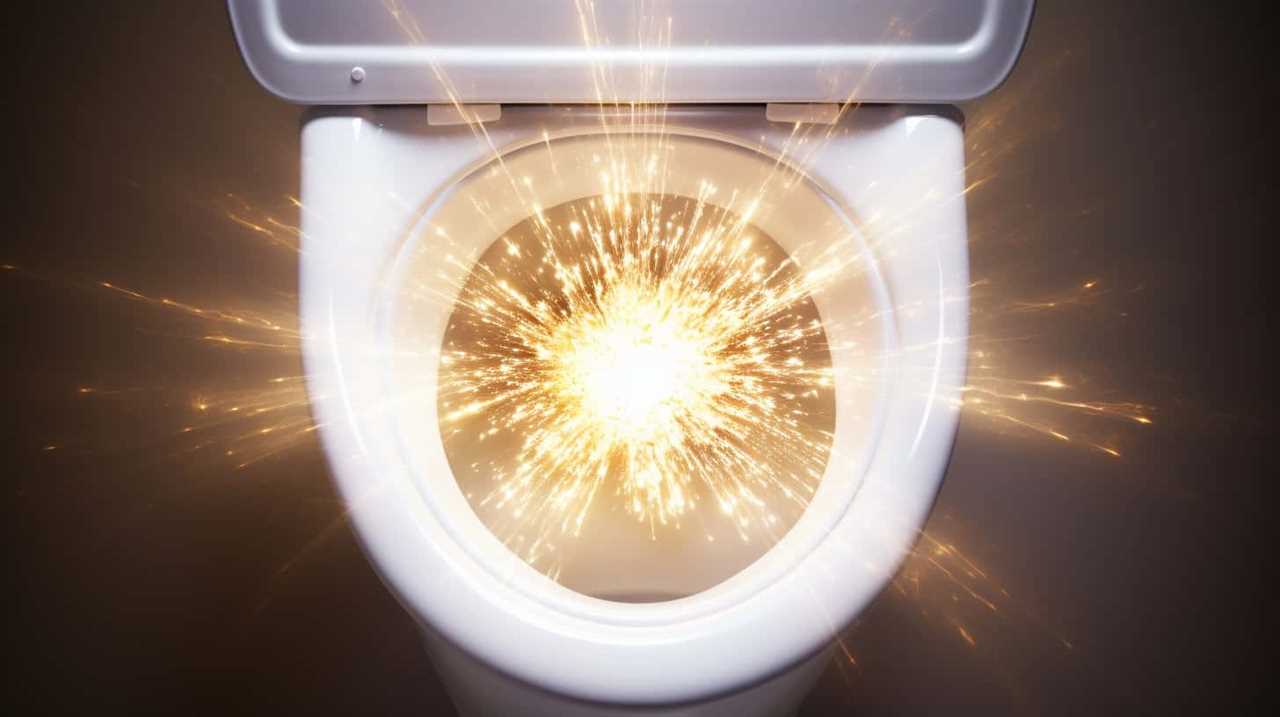
Remember, a small change in our habits can make a big difference in the long run.




